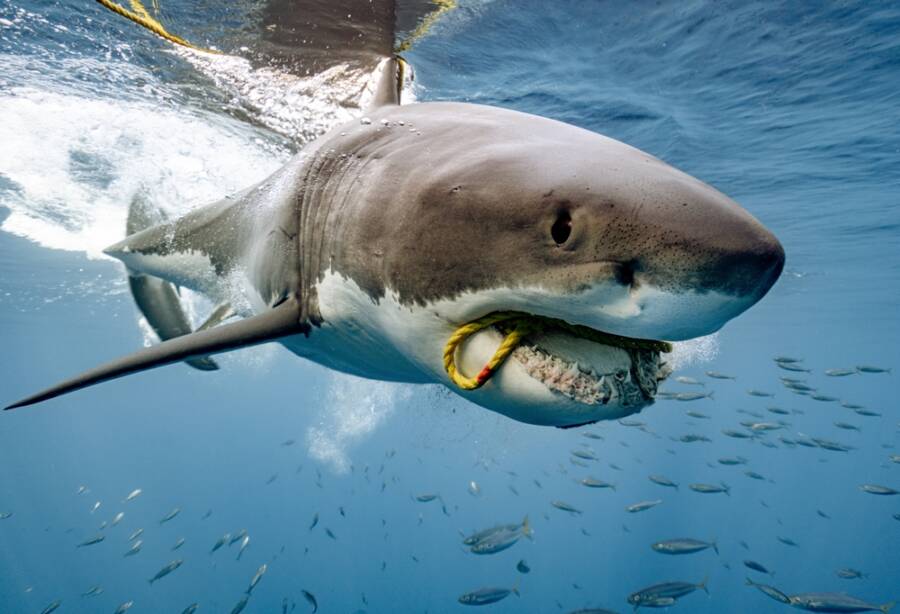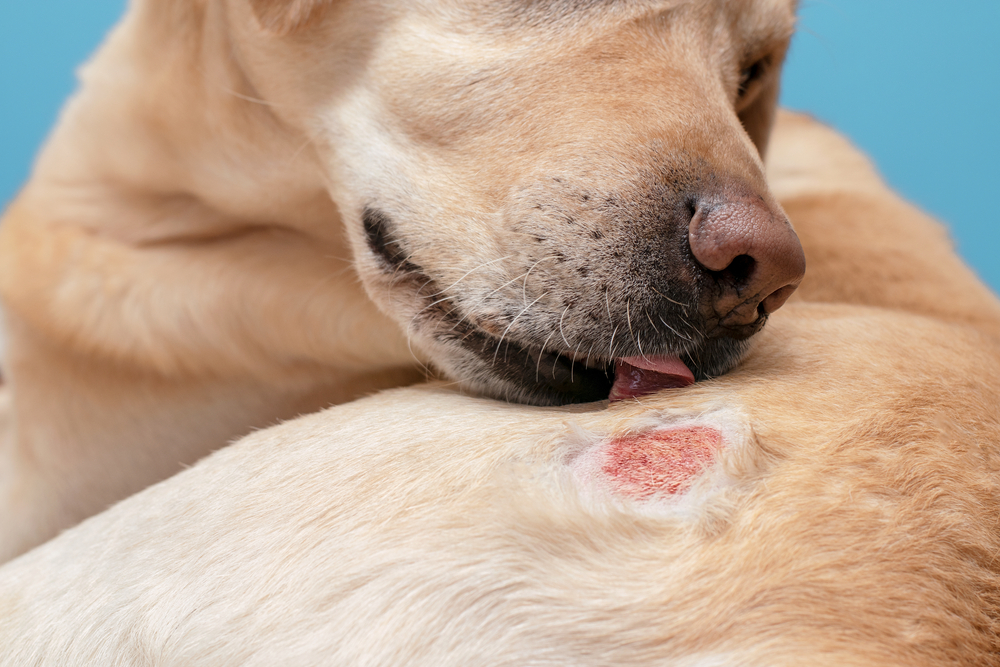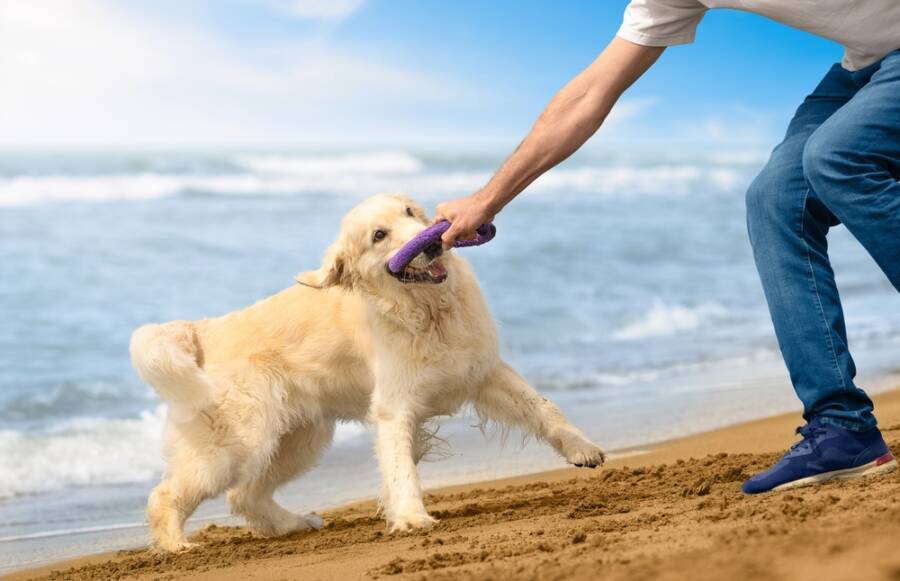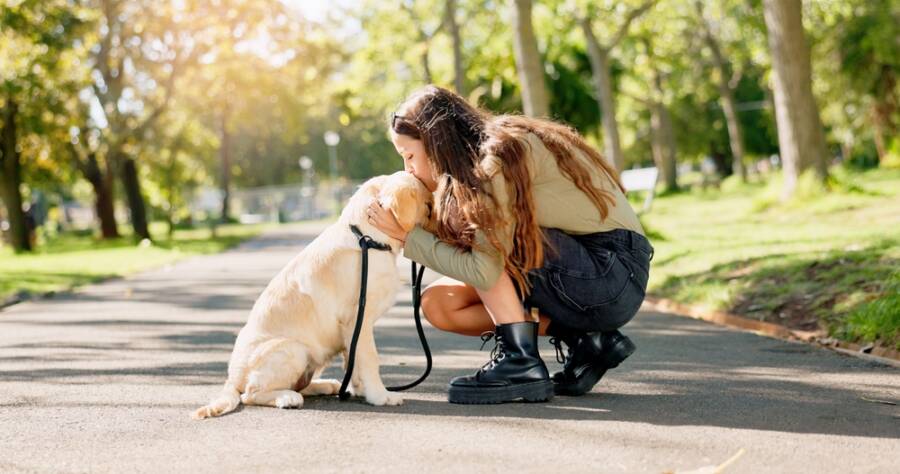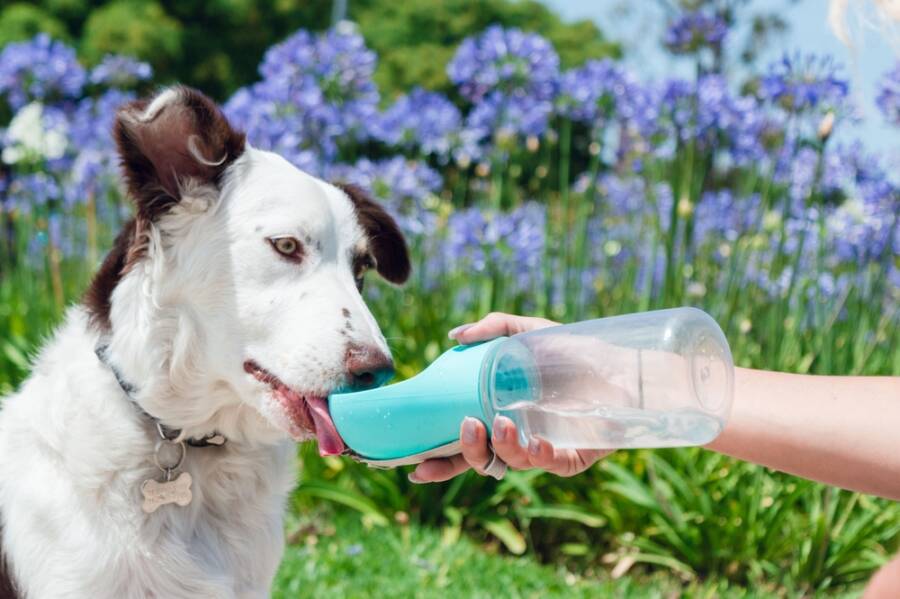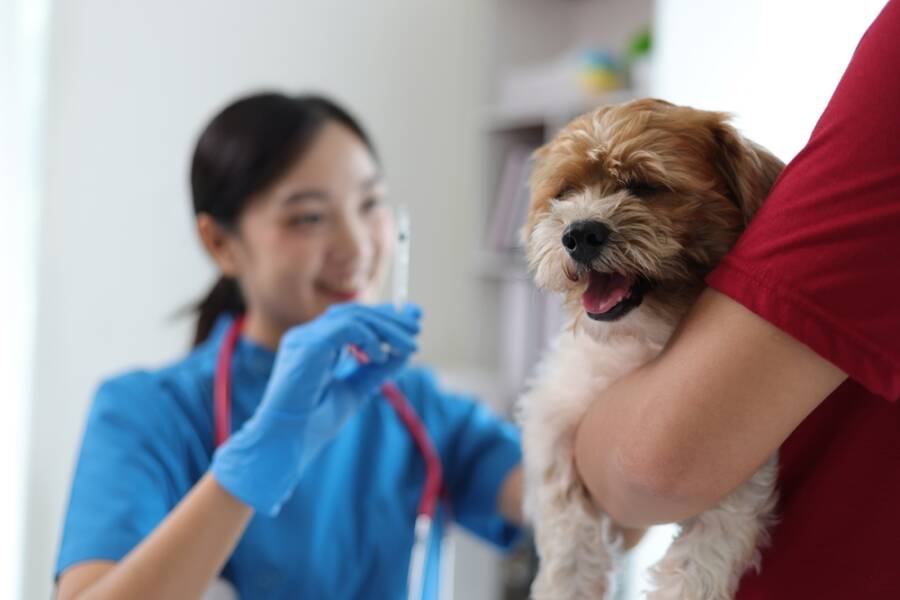This guide will help you understand and recognize rabies in dogs!
If you have a dog, you’re probably awfully scared if it gets rabies. Even though it’s not as frequent now, rabies in dogs can still occur, particularly in unvaccinated pets. However, how would you find out whether your dog or any other dog you encounter, has rabies? Are there any warning indicators that you can watch out for?
The list of some of the most typical symptoms of canine rabies is brief but comprehensive in the following article. This list might help you identify whether you or your family may be at risk from your pet or a stray. Continue reading to learn more.
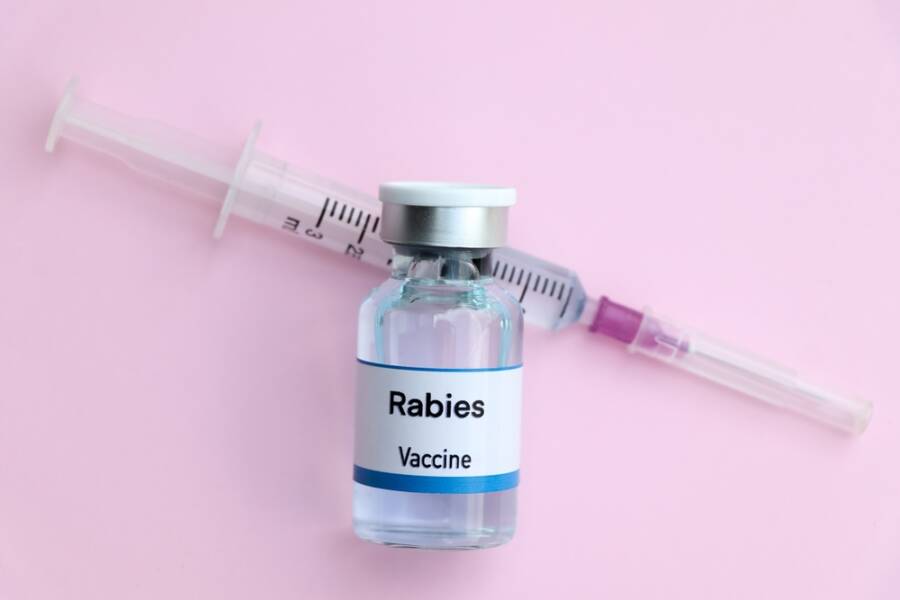
How can your dog get rabies?
Your dog must have come into contact with the saliva of an infected animal, generally by biting it, to get rabies. Depending on the kind of exposure, clinical symptoms may manifest within 10 to 14 days, but in extraordinary cases, they may also take months or even years to manifest.
What are the main symptoms of rabies in dogs?
-
Difficulty swallowing
You should be able to recognize if your dog is sick by simply paying attention to how often it drinks water. If they don’t touch their water bowl for a whole day straight, then it’s a sign they’re infected with rabies.
This is because this particular illness paralyzes the neck muscles, making swallowing difficult or, worse, impossible for dogs. In case you notice this, take the pooch straight to the vet for a couple of tests. Even if it’s not rabies and they’re refusing to drink water, they could have another illness.
-
Excessive drooling
Another symptom of rabies in dogs is excessive drooling. However, it’s not always the case that excessive drooling is a sign of rabies. On the other hand, excessive salivation in combination with other symptoms on this list, or excessive salivation accompanied by extremely high saliva production, is probably indicative of rabies.
Whatever the reason for excessive drooling, your dog has to see an emergency veterinarian ASAP.
-
Loss of balance when walking /staggering gait
Among the other two symptoms of rabies in dogs is frequently a faltering gait. However, if your dog starts to wobble all of a sudden, pay special attention to him as this sign may be confused for other medical issues.
Although the loss of balance might be the result of several other health issues, rabies should be ruled out if your pet has been left unattended and exposed to unvaccinated animals, both domestic and wild.
-
Seizures
Similar to several symptoms mentioned above, seizures alone may not always mean that a dog has rabies. Seizures that happen in any dog that isn’t rabies vaccinated, however, or seizures in addition to the other signs mentioned above, must call for alarm.
If your dog is having seizures and has not been rabies vaccinated, or if his seizures are new or getting worse, take him to the emergency vet. Depending on your dog’s condition, the emergency veterinarian can rule out other causes of seizures in addition to doing blood work and other testing.
-
Paralysis
When combined with other symptoms on this list, paralysis is a late-stage symptom of rabies that is consistent with the disease. The illness results in increasing paralysis of the muscles as it advances. This paralysis usually starts in the throat but gradually spreads throughout the entire body.
Whatever the underlying reason, paralysis is an acute symptom. That being said, it is a highly serious indication and should never be taken lightly in dogs that have not received their rabies vaccination. If you see indications of paralysis in your dog, take them straight to the emergency veterinarian.
If you know your pooch is a bit more energetic than others, and when you go out, it is all over the place and eager to meet other dogs, it might be good to have a stronger leash. If you need one, check out the offer available on Amazon. This leash from Baapet Store has a comfortable handle and is suitable for small and medium-sized dogs. It costs $7.89.
-
Behavioral changes
It is also one of the most prevalent signs of rabies and one of the most well-known. If a dog has been contaminated with rabies, any behavior change should be considered a sign. If your dog exhibits signs of aggression, fear, or excessive clinginess after being exposed to rabies, take them to the vet for a diagnosis and additional advice.
A dog that has rabies may exhibit extremely harmful behavioral changes. Your dog may get aggressive and try to bite as a result of these changes. It is quite easy for a dog that is infected with rabies to bite a human or another animal, as this might spread the infection to the intended victim.
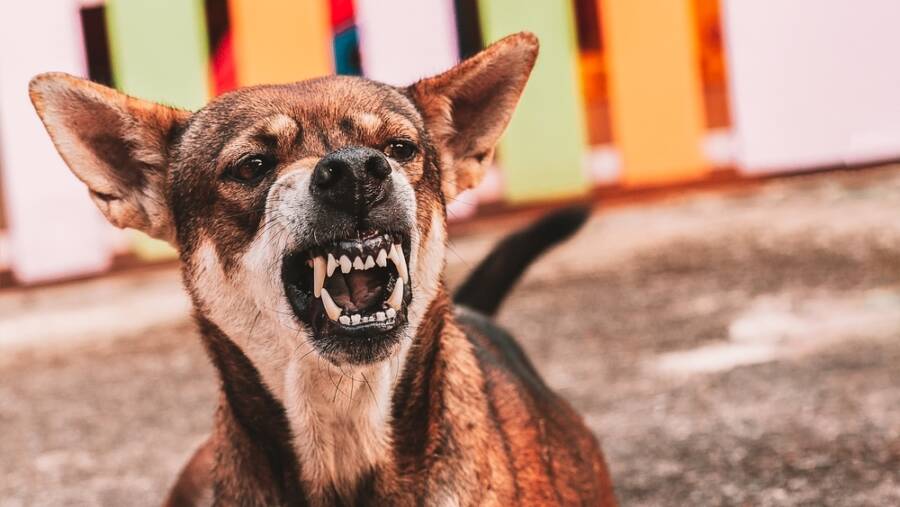
There are three unique stages that the rabies virus might manifest in dogs. The phases are listed below, along with the corresponding symptoms and indicators:
Prodromal stage: During this phase, a rabid dog will usually show behavioral changes that are different from their day-to-day ones. They may go from being timid to being more friendly and vice versa. After your dog has had an unexplained bite, keep them away from other dogs and family members, and contact your veterinarian right away if you see any anomalies in their behavior.
Furious stage: This is by far the most dangerous phase of all three because it can turn the dog into a more aggressive and anxious one. They may start howling uncontrollably, have convulsions, and stop eating.
The infection has advanced to the point that it is targeting the neurological system, impairing your dog’s ability to swallow and causing the well-known symptom of excessive drooling, often referred to as “foaming at the mouth.”
Paralytic stage: This is the last step before a rabid dog loses consciousness and becomes completely unconscious, and unfortunately, dogs frequently pass away at this point. This normally occurs seven days after the onset of symptoms, and death usually occurs three days later.
Vaccinate your dog against rabies!
No joke! The vaccination against rabies is quite effective and immunogenic. The vaccination rarely doesn’t work. State and local laws governing pet vaccinations differ, but maintaining your pet’s rabies vaccination record helps shield your dog and other family members from this fatal neurological illness.
For pups between the ages of 14 and 16 weeks, veterinarians advise the rabies vaccination as a core vaccination. The rabies vaccination will start to lose its effectiveness over time due to waning vaccine antibodies, and because of this, a boost is highly recommended. Just keep in touch with the vet, they will know when it must be administered again. In most cases, every 1 or 2 years but better ask them to be sure.
These boosters are intended to immunize any animals that did not react to the original dosage.
Bottom line:
Don’t put off taking action if your dog shows any of the above symptoms or if you come across an animal displaying these indications of rabies. Your chances of getting rabies yourself are decreased the faster you react to an exposure.
Helping your pet may be too late if they exhibit signs of rabies. To stop the spread of this highly fatal illness, the majority of dogs that exhibit symptoms of rabies will need to be put down immediately.
Are you a dog owner looking to relocate to a different city? Then you might be interested in reading 6 Best U.S. Cities for Dog Lovers.

